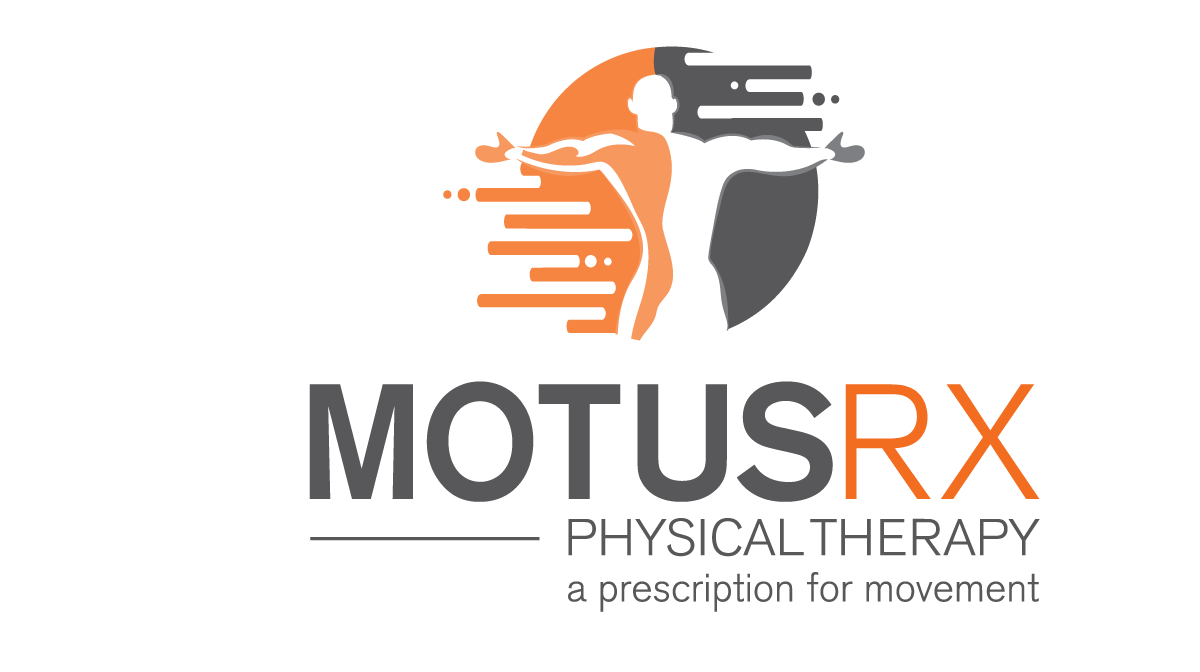One of the Best Exercises for Golf You've Probably Never Tried
Golf is a rotational sport. Thus, rotation is very important. Specifically, what many of us are lacking and what many of us are looking for more of is more spinal rotation in the golf swing.
Many of us may try many things to improve this aspect of our swing as it is often the most notable when it is restricted. We try stretching, foam rolling, massage, athletic training, chiropractic, physical therapy (hopefully! But I’m a little biased). We Google search “golf stretches to loosen our back.” Maybe you haven’t done any of these. Or maybe you’ve done them all. At any rate, let’s simplify things a bit to help you.
At the risk of getting too “sciency” on you...it helps to first understand the biomechanics of the golf swing a bit more. Simply put, when you are standing over your golf ball and you go to rotate your spine and shoulders to wind up the swing YOU DON’T ONLY ROTATE your spine. The best ball strikers in the world do something called a COUPLED MOTION. All this means is that they combine spinal rotation with trunk or spine sidebending.
Why does this matter to you, you ask? Because if all you’re doing are exercises to rotate the spine or simply warming up by swinging but not teaching your body how to rotate AND side bend at the same time, then you may not be reaching your full potential for rotation in the golf swing.
I would also tend to think of it like this...when it comes to the golf swing, it ultimately may not be how far you rotate your spine that’s important but HOW YOU GET THERE that is most important. Meaning a good combination of rotation and side bend in the golf swing may trump someone who can rotate a lot but not side bend. Make sense? Yes? No? Either way, here’s the exercise to help you do this!
WHY DOES ROTATION AND SIDE BEND MEAN SO MUCH FOR MY GOLF SWING?
Simply put...it is hard to “maintain your golf posture” throughout the course of the swing if you don’t do both. For many people this looks like they are actually “standing up” in the takeaway and have a flattening of their shoulder plane. This ultimately shuts off the ability for your core to help you much and potentially does a number on your low back.
If you eliminate all the mumbo jumbo about biomechanics, spinal motion, and “maintaining golf posture” then it boils down to loss of power, inconsistency with ball striking, and potential for injury. If any of those sound of interest to you then this aspect of spinal rotation and side bend is quite important.
99 percent of the PGA tour players do not “early extend” or “lose their golf posture” from takeaway to impact. I believe there is a reason for this and a reason that they are the best ball strikers in the world. A lot of it has to do with the ability to maintain that golf posture from set-up to impact. Thus, things that help us not to lose posture really tend to motivate me to educate others.
Give this exercise a shot. The first thing you may be surprised by is how much rotation you gain overall even after 1 or 2 reps. The second thing you may be surprised by is how hard it is to keep your lower half quiet or statue like while you rotate and side bend the upper half. The third thing you may be surprised by is how different you are one direction vs. the other. If you find any other surprises, be sure to let us know!
Want to find out if this exercise ultimately could help you strike it better?
We are currently in the midst of an open study assessing whether this drill and “cupping” is ultimately effective overall in improve spinal rotation and side bend. This study incorporates our 3D motion analysis and only takes a time requirement of 2 weeks of no greater than 3 minutes/day. In the study (which is free to participate) you will get to utilize top of the line 3D motion analysis used by the pros on tour to assess how your body moves within the golf swing. You also will potentially learn and receive the technique known as “cupping.” We will determine whether cupping is a good adjunct to this drill or if the drill alone will suffice for wanted improvements. To participate, simply contact Eric at eric@motusrx.com or call the clinic at 920-540-2344.
